Hydrogen Water Blogs
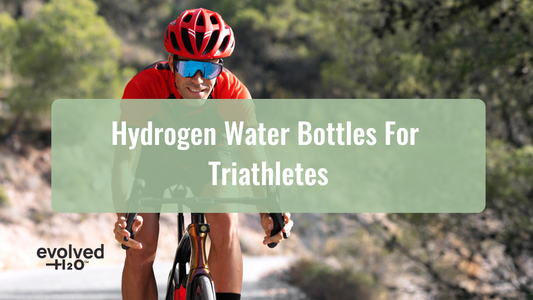
Hydrogen Water Bottles for Triathletes
Hydrogen water bottles are becoming a go-to tool for triathletes seeking better stamina, reduced fatigue, and faster recovery. They may support performance across swim, bike, and run while helping athletes...
Hydrogen Water Bottles for Triathletes
Hydrogen water bottles are becoming a go-to tool for triathletes seeking better stamina, reduced fatigue, and faster recovery. They may support performance across swim, bike, and run while helping athletes...
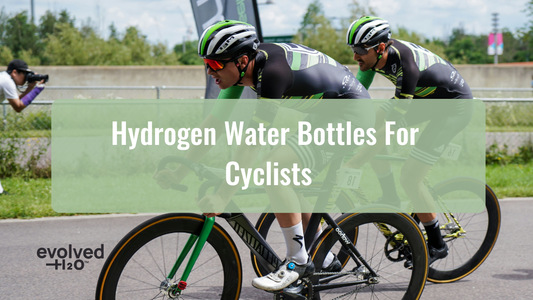
Hydrogen Water Bottles for Cyclists
Hydrogen water bottles are gaining attention among cyclists for their potential to boost endurance, reduce fatigue, and improve recovery. From road to MTB to gravel, riders are using them to...
Hydrogen Water Bottles for Cyclists
Hydrogen water bottles are gaining attention among cyclists for their potential to boost endurance, reduce fatigue, and improve recovery. From road to MTB to gravel, riders are using them to...
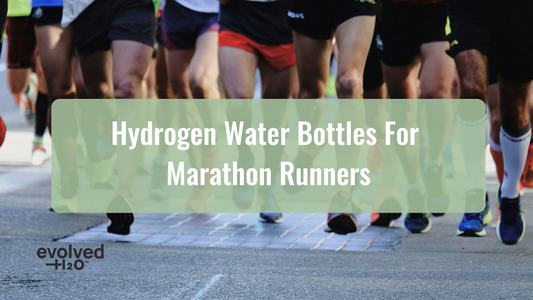
Hydrogen Water Bottles for Marathon Runners
Hydrogen water bottles are becoming a supportive tool for marathon runners. They may enhance endurance, reduce oxidative stress, and improve post-race recovery. Learn how they fit into training and race-day...
Hydrogen Water Bottles for Marathon Runners
Hydrogen water bottles are becoming a supportive tool for marathon runners. They may enhance endurance, reduce oxidative stress, and improve post-race recovery. Learn how they fit into training and race-day...
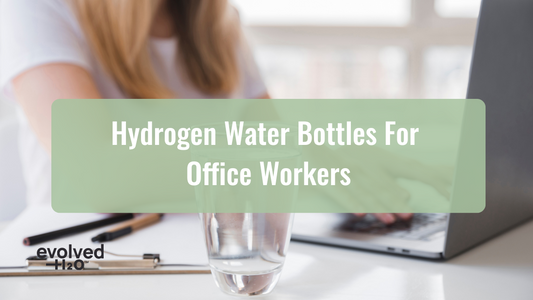
Hydrogen Water Bottles for Office Workers
Hydrogen water bottles help office workers stay hydrated, energised, and focused throughout the day. With potential benefits for fatigue, concentration, and immunity, they are a simple addition to workplace wellness....
Hydrogen Water Bottles for Office Workers
Hydrogen water bottles help office workers stay hydrated, energised, and focused throughout the day. With potential benefits for fatigue, concentration, and immunity, they are a simple addition to workplace wellness....
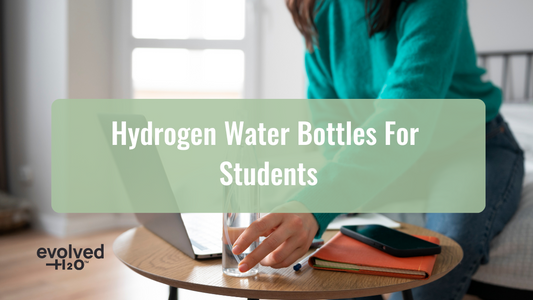
Hydrogen Water Bottles for Students
Hydrogen water bottles help students stay energised and focused by supporting hydration, memory, and immunity, making study routines more effective. They fit easily into daily life, from lectures to exam...
Hydrogen Water Bottles for Students
Hydrogen water bottles help students stay energised and focused by supporting hydration, memory, and immunity, making study routines more effective. They fit easily into daily life, from lectures to exam...
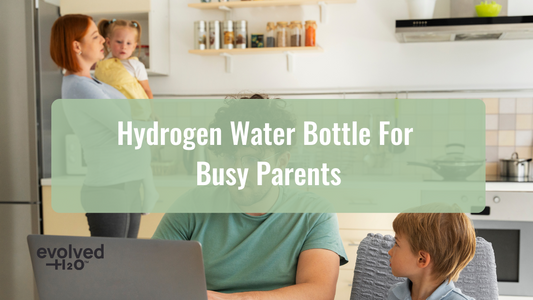
Hydrogen Water Bottle for Busy Parents
Explore how hydrogen water bottles can support parents juggling family and work. With benefits for hydration, energy, and clarity, they offer a simple way to stay well and resilient.
Hydrogen Water Bottle for Busy Parents
Explore how hydrogen water bottles can support parents juggling family and work. With benefits for hydration, energy, and clarity, they offer a simple way to stay well and resilient.